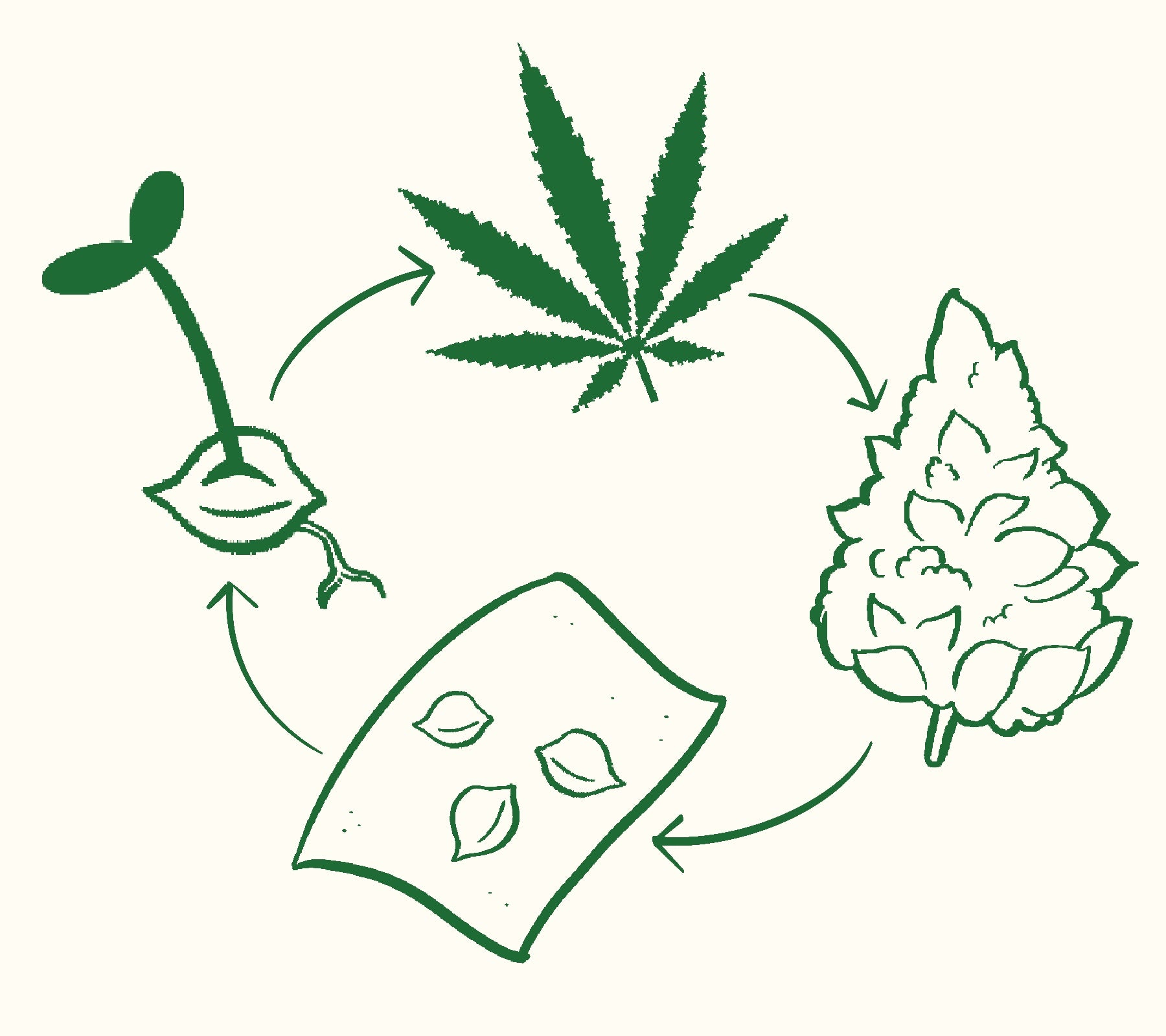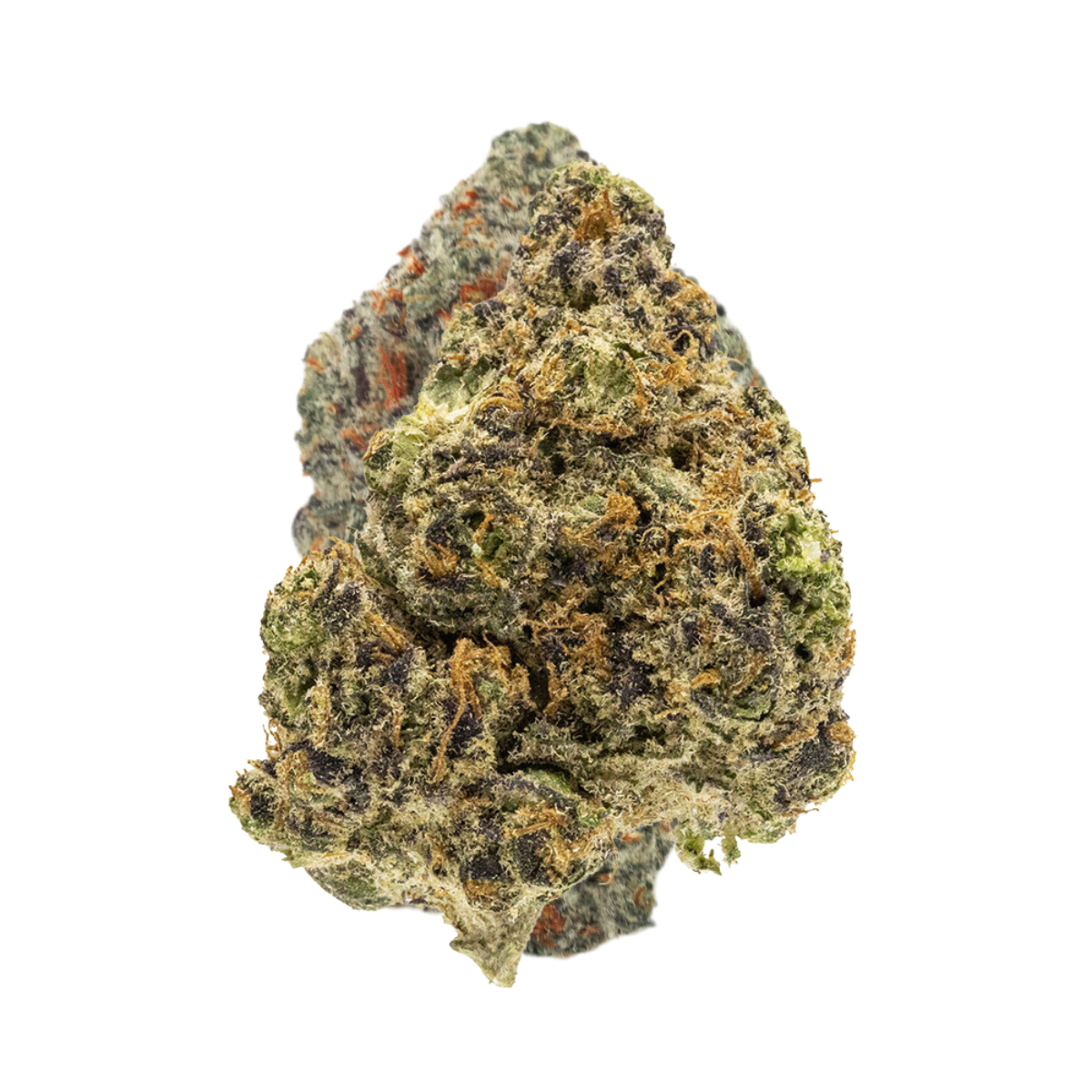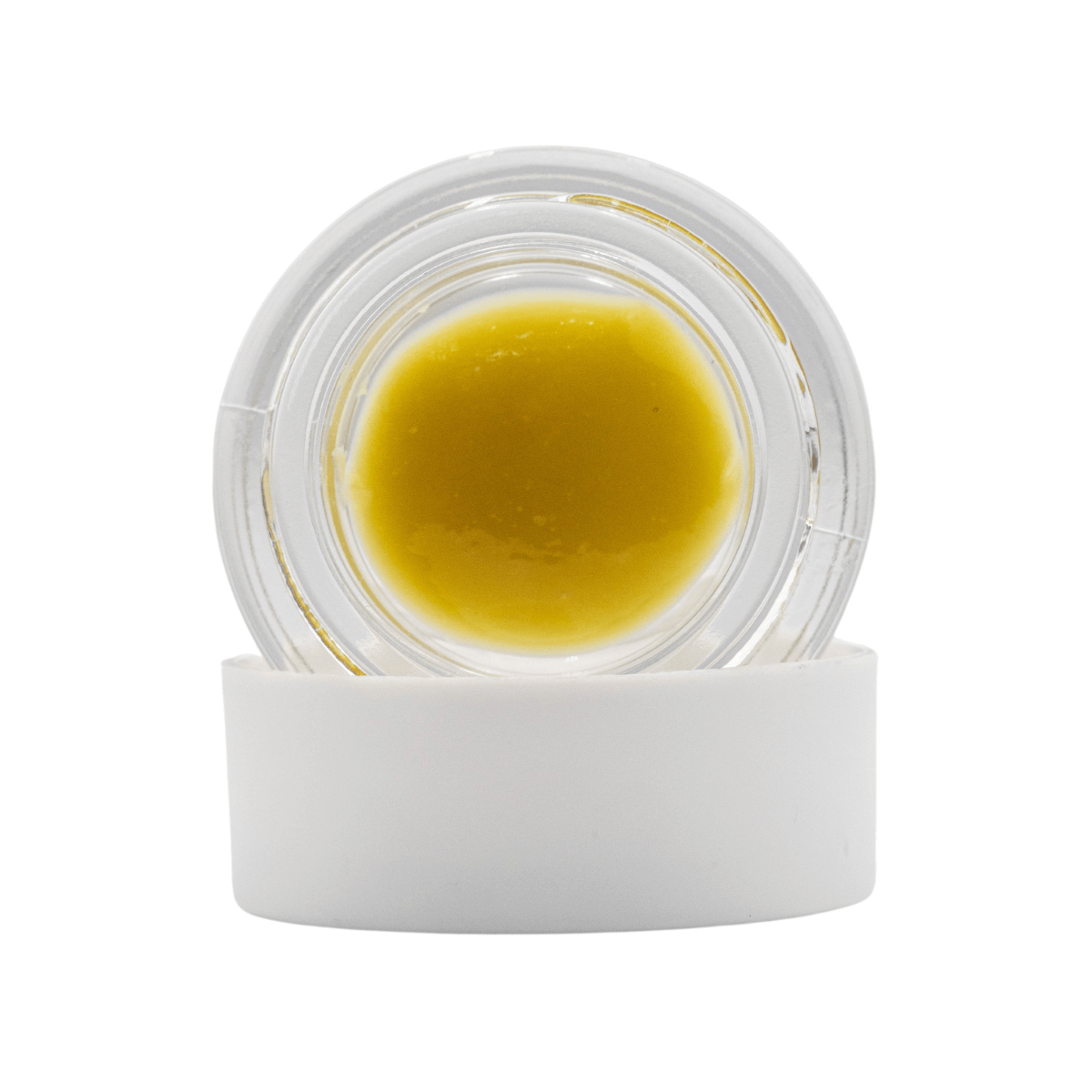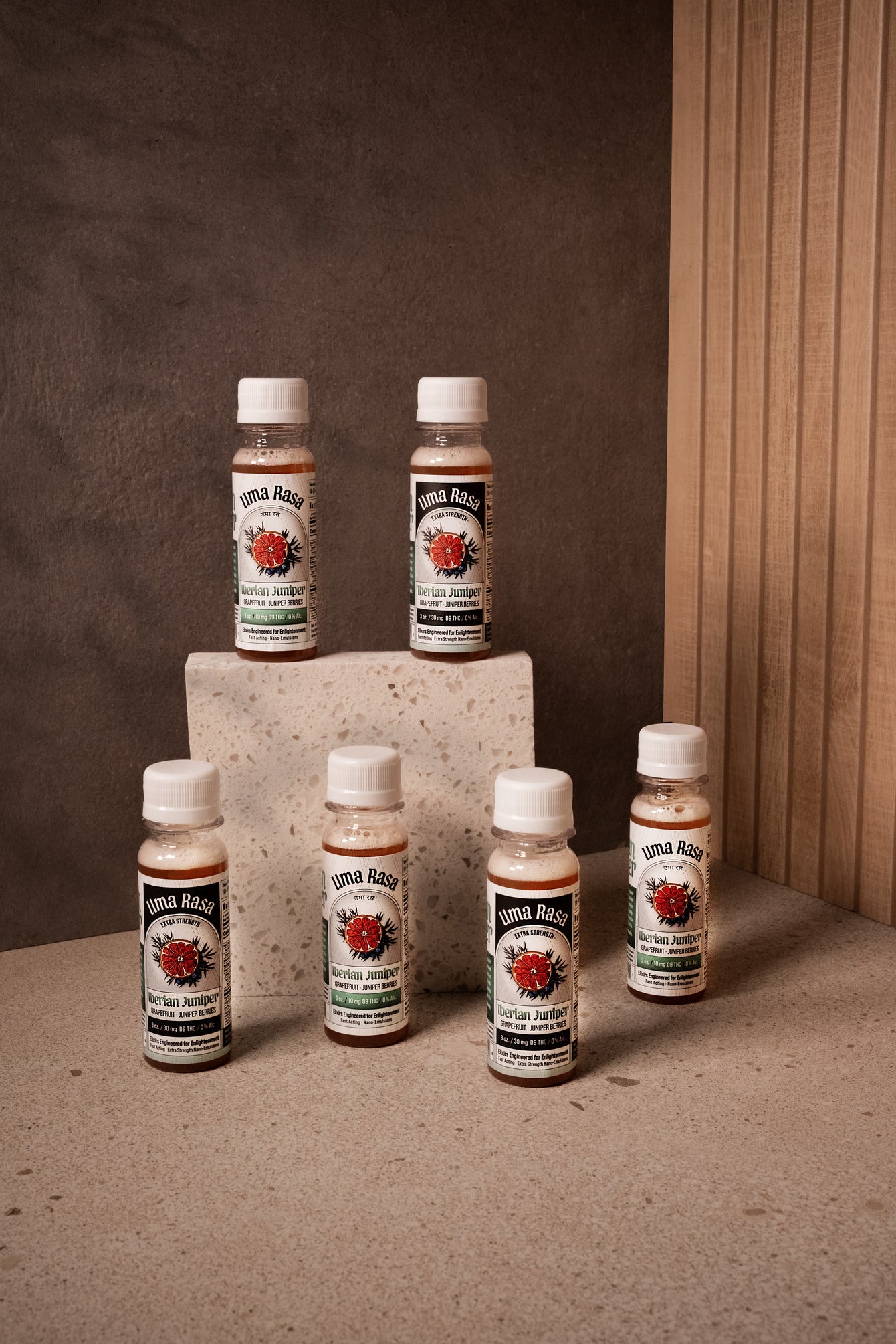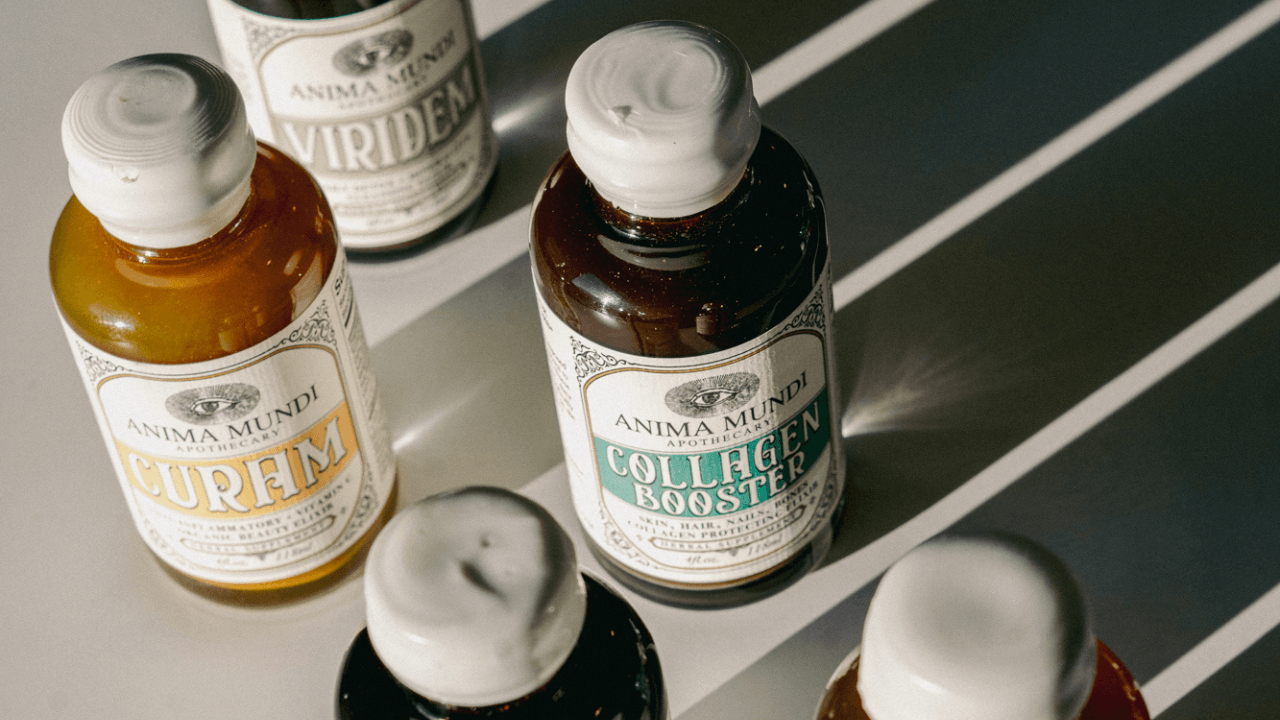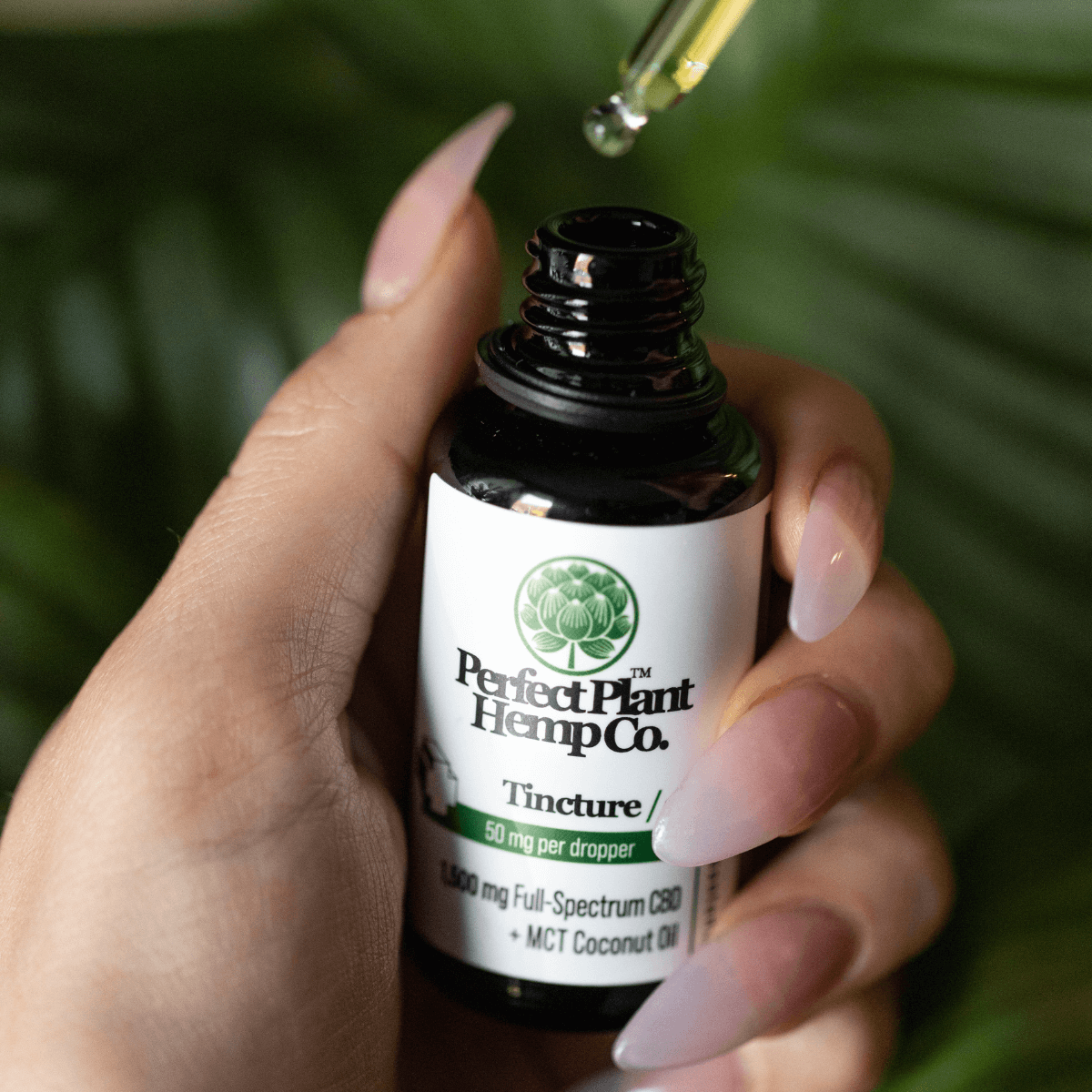Ever thought about growing your own marijuana plant? Before we get into it, it is very important to check your local laws - growing cannabis is not legal in every state. This post is strictly for educational purposes only.
Now that the legal jargon is out of the way, let's talk about marijuana growth! The growth cycle of a marijuana plant can be divided into four primary stages. Let's get into it:
Germination

This is the initial stage where the cannabis seed sprouts. It can be a delicate process and the little seeds require optimal conditions to flourish and sprout. The best conditions for your seeds include the following:
- A warm environment, ideally between 70°F - 80°F
- Moisture, but not saturation! A germination tray or moistened paper towel is best
- Darkness, complete darkness.
- Decent air flow
The paper towel method is a tried and true way to start your cannabis seeds. Just place the seed(s) between 2 moist paper towels in a plastic bag or container. The paper towels should be consistently moist, but not soggy.
You can also use a germination tray, which is a bit more of a controlled environment for your seeds. You just fill the tray with a moistened germination medium (ideally something lightweight and porous).
Once your seed has germinated and a small root has emerged, it's time to transplant into a suitable growing medium.
Pro tip: avoid handling the seeds with your bare hands. The oils from your fingers can put a damper on germination.
Seedling

After germination, the seedling emerges from the seed coat. It starts to develop its first set of leaves, called cotyledons. These leaves provide the seedling with nutrients until it can produce its first true leaves.
- A warm environment, ideally between 70°F - 80°F
- Humidity to retain moisture. Use a humidifier or mist!
- Regular waterings, but not overwatering. Water when the top inch of soil is dry.
Once your seedlings have developed a few set of true leaves, you can transplant it to a larger pot. Be careful not to damage the roots when you move the seedling!
Vegetative Growth

During this stage, the plant experiences rapid growth, focusing on developing a strong root system and increasing its foliage. The plant will start to show its unique characteristics, such as the iconic leaf shape and growth pattern.
- Plants at this stage need ample light. Ideally 18 hours of light per day.
- Your plant is HUNGRY - time to start feeding it! A balanced fertilizer should be used to provide nutrients.
- Water your plants regularly, making sure the soil is moist but not soggy.
- Pruning is important to encourage growth - remove weak and unproductive branches.
- Maintain humidity and temperature levels - ideally between 70°F and 80°F with a humidity level of around 50-60%.
Once your plant has reached your desired size and the root system is good and developed, it's time to transition your plant to the flowering stage. This will begin by changing the light cycle to 12 hours of light and 12 hours of darkness. We'll talk about that more next!
Flowering

Once the plant has reached maturity, it enters the flowering stage. This is when the plant begins to produce buds, which contain the cannabinoids and terpenes that give marijuana its psychoactive and medicinal effects. The length of the flowering stage can vary depending on the strain and growing conditions.
- Use a fertilizer specifically formulated for the flowering stage to provide the plant with the necessary nutrients.
- Water the plants regularly, but avoid overwatering.
- Remove any fan leaves that are blocking light to the buds.
- Maintain a slightly lower temperature and humidity level during the flowering stage.
Note: There is also a pre-flowering stage, which is a short transition period between the vegetative and flowering stages. During this time, the plant will start to show early signs of sex, allowing growers to identify male and female plants.


